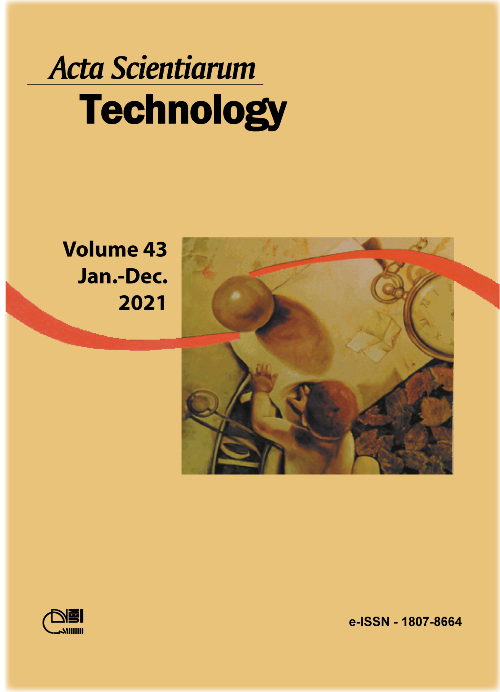Regression models for binary response applied to data on neonatal deaths in newborns
DOI:
https://doi.org/10.4025/actascitechnol.v43i1.45642Keywords:
asymmetric link; Bayesian inference; power link.Abstract
The present study presents binary data modeling regarding 1.6% of neonatal deaths in 3,448 newborns from an epidemiological and observational study with a cross-sectional design, involving the retrospective analysis of 4,293 medical records of high-risk pregnant women followed in a gestational outpatient clinic from September 2012 to September 2017. Different symmetric and asymmetric link functions were considered by means of Bayesian inference. The support of more accurate inferences regarding the parameters of the model will provide biological interpretations that are more reliable and consistent with the reality. The model that presented, significantly, the lowest value for the deviance information criterion (DIC = 398.8), was the binomial with power logit (PL) link function, whose median posterior value estimated and significant for the parameter asymmetry was l = 0.25 (0.14;1.17). This significance is observed in all other models of the power family, however with very different values ​​and significantly higher DIC values, indicating less parsimonious models. The Bayesian methodology proved to be flexible. Additionally, the results show that such model shows an accuracy = 97.4% and area under the ROC curve AUC = 89.4% in the prediction of neonatal deaths based on the weight of children at birth. Specifically, for 2.500g, a value predicted in the medical literature for low weight, the model predicts a probability of 1.43%.
Downloads
Downloads
Published
How to Cite
Issue
Section
License
DECLARATION OF ORIGINALITY AND COPYRIGHTS
I Declare that current article is original and has not been submitted for publication, in part or in whole, to any other national or international journal.
The copyrights belong exclusively to the authors. Published content is licensed under Creative Commons Attribution 4.0 (CC BY 4.0) guidelines, which allows sharing (copy and distribution of the material in any medium or format) and adaptation (remix, transform, and build upon the material) for any purpose, even commercially, under the terms of attribution.
Read this link for further information on how to use CC BY 4.0 properly.











8.png)




